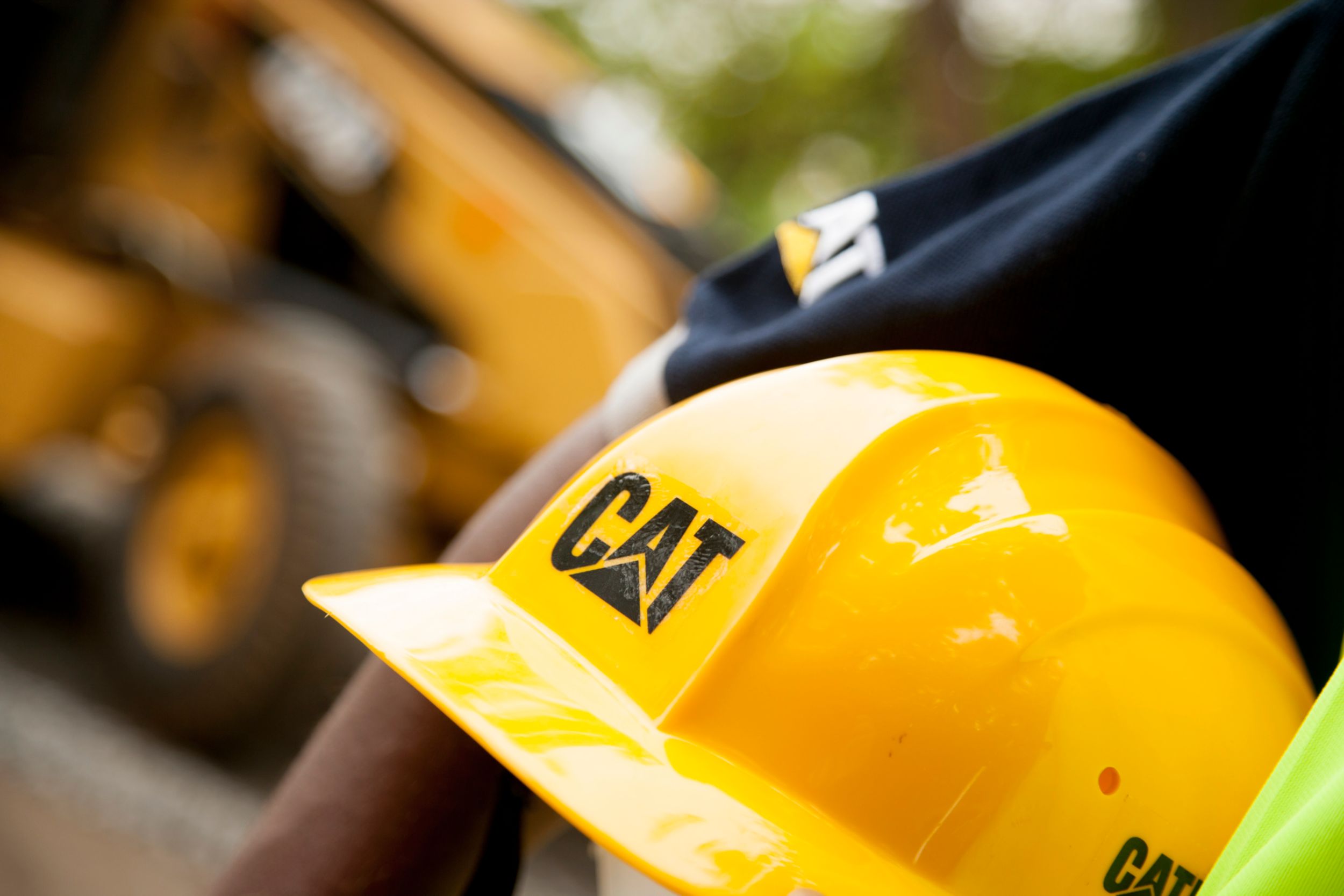Building Infrastructure Around the World
June 1, 2022
For nearly 100 years, Caterpillar has helped create the infrastructure that makes our world run. Now, we’re helping customers shape a more sustainable future through trailblazing projects around the globe.
When United States President Dwight D. Eisenhower signed the Federal-Aid Highway Act of 1956, he put in motion the most extensive public works project in the history of the world.
The bill created the Interstate Highway System—a 42,800-mile project that cost approximately $130 billion and returned six times the initial investment in economic productivity. Ultimately, it was a project that reshaped towns and cities in almost every pocket of America. And like many of the most significant infrastructure projects currently underway, contractors relied on Cat® equipment to get the job done.
Today, the need for large-scale investments in infrastructure is critical. By 2040, it is estimated there will be infrastructure gaps1 of $45-55 trillion in residential, $20-25 trillion in non-residential, and $5 trillion in new energy infrastructure throughout the world. As in the past, equipment manufactured by Caterpillar is supporting many of the most progressive infrastructure projects around the globe, aimed at increasing sustainability and driving more equitable forms of economic growth.
In the U.S., we’re gearing up to support customers undertaking a range of projects enabled by the bipartisan Infrastructure Investment and Jobs Act. Caterpillar was proud to support the bill, which includes $550 billion in new funding to upgrade the nation’s roads, bridges, airports and ports; ensure climate resiliency in new infrastructure projects; and expand and improve the country’s transportation and power systems. We look forward to helping Cat dealers and customers complete these projects, which will bolster the competitiveness of U.S. infrastructure.
Beyond the U.S., Cat dealers are supporting customers with equipment and services to help build infrastructure that will result in more resilient, connected and sustainable communities around the world. Here’s a sampling of projects:
Learn more about Caterpillar’s history and ongoing legacy of building critical infrastructure around the world.
1 Infrastructure gaps for residential, non-residential and new energy were compiled utilizing data from Future of Construction – A Global Forecast for Construction to 2030 by Marsh & Guy Carpenter and Oxford Economics, Global Infrastructure Outlook – Oxford Economics, Global Infrastructure Hub, IEA Net Zero by 2050, and IEA World Energy Outlook 2021.






